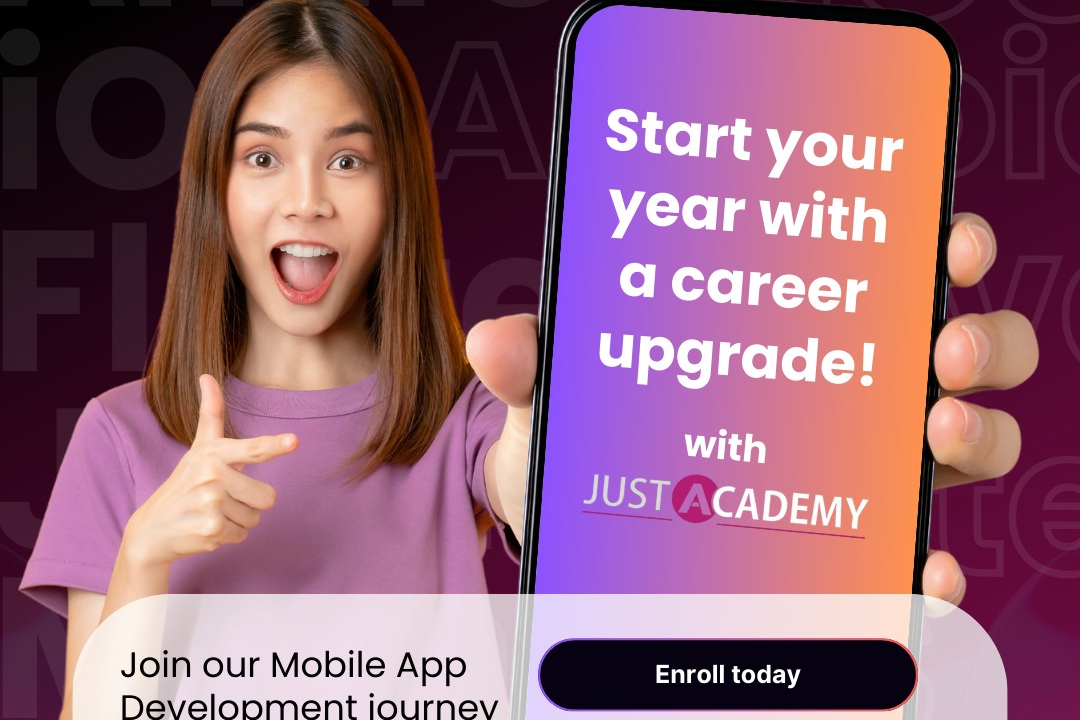Flutter User Interface Trends and Innovations
Emerging Trends and Innovations in Flutter User Interface Design
Flutter User Interface Trends and Innovations
Flutter, Google's UI toolkit for building natively compiled applications, continues to evolve with several notable trends and innovations enhancing user interface design. One prominent trend is the increasing emphasis on Material You, which adapts UI elements based on user personalization and system themes, providing a more tailored experience. The rise of micro-interactions and animations, enabled by Flutter's powerful animation libraries, is enhancing engagement and fluidity in apps. Dark mode support, responsive layouts, and adaptive design principles are also gaining traction, allowing developers to create more versatile apps that function seamlessly across devices. Additionally, the integration of extensive third-party plugins and packages fosters rapid development while maintaining aesthetic quality, further solidifying Flutter’s position as a go-to framework for modern UI design in mobile and web applications.
To Download Our Brochure: https://www.justacademy.co/download-brochure-for-free
Message us for more information: +91 9987184296
1 - Responsive Design: Flutter offers extensive support for creating responsive layouts that adapt to different screen sizes and orientations, ensuring a seamless user experience across devices.
2) Custom Widgets: Flutter’s widget centric architecture enables developers to create highly customizable UI components, allowing for the creation of unique designs and user experiences.
3) Material Design and Cupertino Widgets: The integration of Material Design widgets for Android and Cupertino widgets for iOS helps developers create native look applications that adhere to platform specific design guidelines.
4) Hot Reload: One of Flutter's standout features, hot reload allows developers to see changes in real time without restarting the application, greatly enhancing productivity during the UI development process.
5) Animations and Motion: Flutter provides a rich set of animation libraries, enabling developers to create smooth transitions, animations, and effects that enhance user engagement and make applications feel more dynamic.
6) Declarative UI: Flutter uses a declarative programming model, allowing developers to define the UI based on the current application state, making it easier to maintain complex UIs.
7) Dark Mode Support: With the increasing demand for dark mode, Flutter makes it easy to implement themes that support light and dark modes, improving accessibility and user preferences.
8) Platform Channels: Flutter’s platform channels facilitate communication between Dart and native code, allowing developers to access device specific features (like camera, GPS) while maintaining a consistent UI.
9) Accessibility Features: Flutter emphasizes accessibility with built in features that enable developers to create apps that are usable by people with disabilities, thereby broadening the audience reach.
10) State Management: Flutter offers various state management solutions (like Provider, Riverpod, and Bloc) that help developers manage and isolate UI states seamlessly, improving code organization and scalability.
11) Internationalization (i18n): Flutter supports easy localization and internationalization, enabling developers to build apps that cater to diverse audiences with different languages and cultural formats.
12) Flutter for Web and Desktop: The evolution of Flutter to support web and desktop applications allows for building responsive UIs that work across all platforms without major changes to code.
13) Integration with Firebase: Flutter provides excellent support for Firebase, a platform that helps with backend integration, while making it easier to implement features like authentication, database, and analytics.
14) Code Sharing Across Platforms: One of Flutter's key innovations is the ability to write a single codebase for both mobile and web applications, significantly reducing development time and effort.
15) Testing and DevTools: Flutter comes with robust testing frameworks and DevTools, allowing for comprehensive testing (unit, widget, integration) and performance monitoring to ensure high quality UI experiences.
These trends and innovations represent the significant advancements in Flutter's user interface capabilities, providing students with a comprehensive understanding of modern UI development practices.
Browse our course links : https://www.justacademy.co/all-courses
To Join our FREE DEMO Session: Click Here
Contact Us for more info:
Software Testing Certification Course Online Free
Data Persistence In Android
Java And Web Apis
Online Software Testing Course With Placement
Pmp Or Capm











